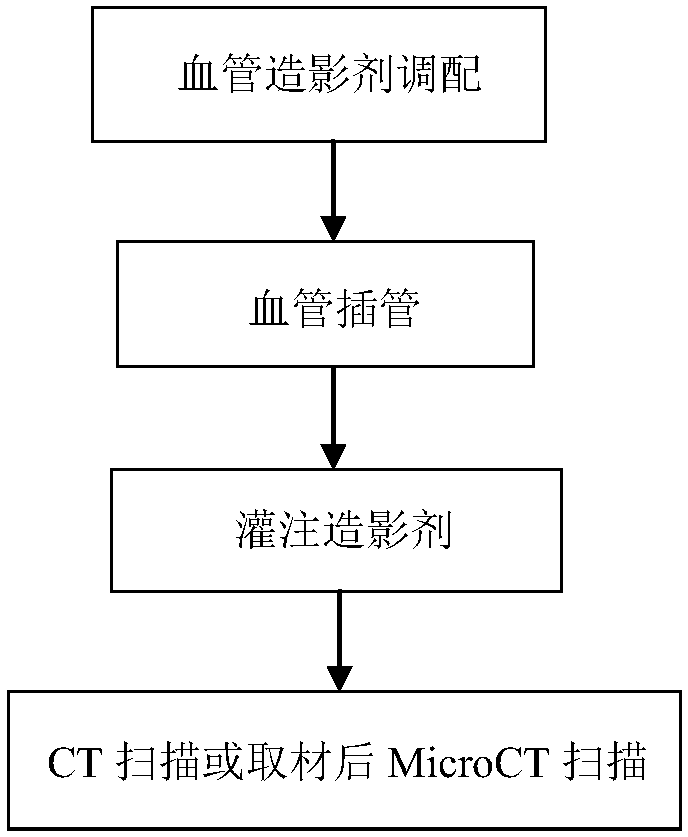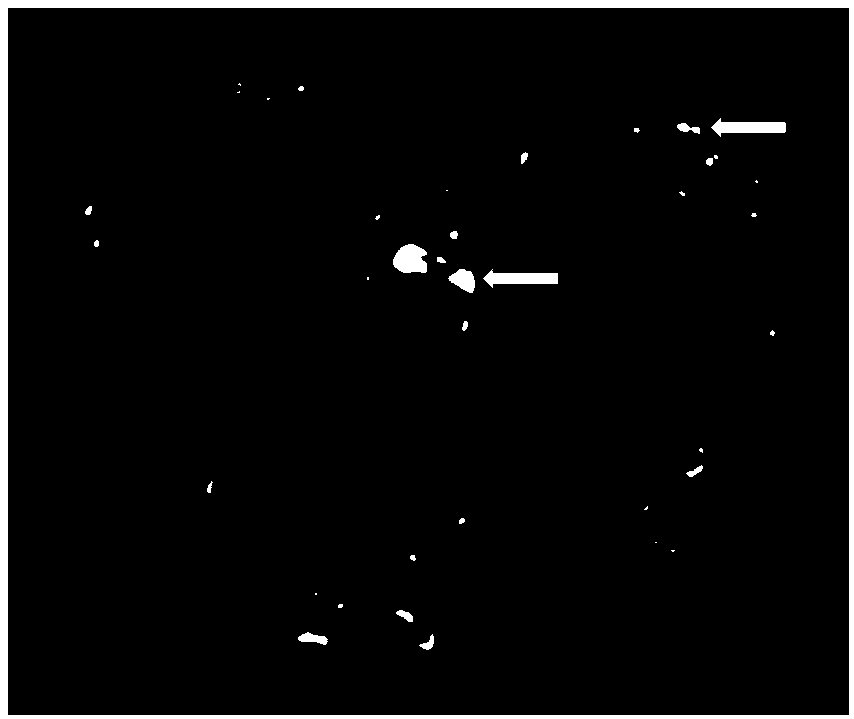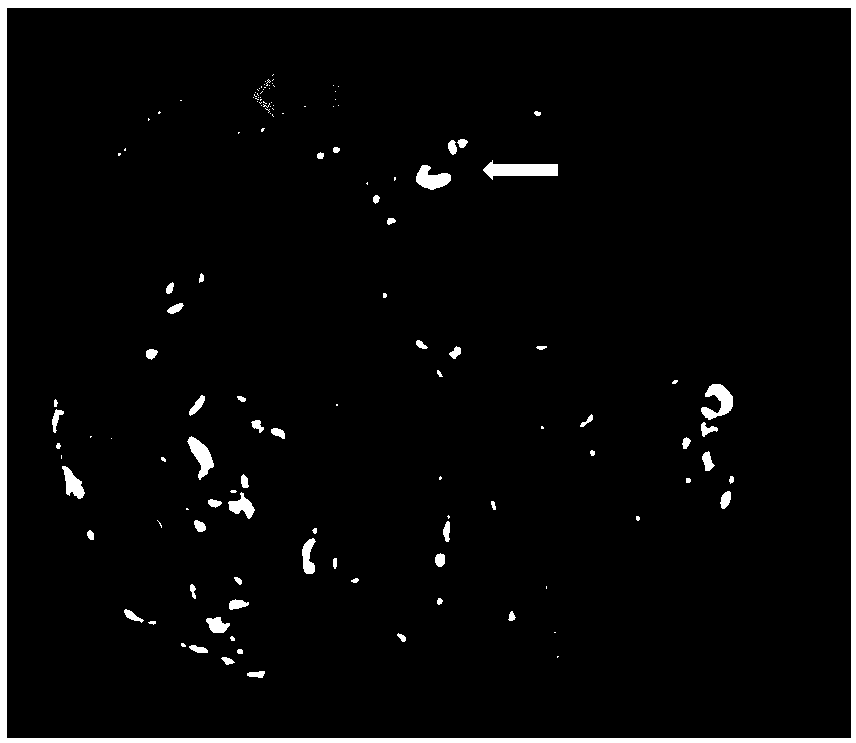Tissue engineering bone blood vessel radiography method and blood vessel intubation tube
A tissue-engineered bone and angiography technology, used in medical science, instruments for radiological diagnosis, diagnosis, etc., can solve problems such as stable injection of unfavorable contrast agents, inability to study osteogenesis at the same time, blood incompatibility, etc. Conducive to stable injection, easy observation and easy operation
- Summary
- Abstract
- Description
- Claims
- Application Information
AI Technical Summary
Problems solved by technology
Method used
Image
Examples
Embodiment Construction
[0018] The present invention will be further described below in conjunction with the examples. The description of the following examples is provided only to aid the understanding of the present invention. It should be pointed out that for those skilled in the art, without departing from the principles of the present invention, some improvements and modifications can be made to the present invention, and these improvements and modifications also fall within the protection scope of the claims of the present invention.
[0019] Taking the tissue engineering scaffold implanted in the experimental animal New Zealand rabbit as an example, this technology analyzes the vascularization effect of the tissue engineering scaffold in the animal body, and can also analyze the osteogenesis effect at the same time. The described tissue engineering bone angiography method comprises the following steps:
[0020] 1. Preferably adopt the ratio of 50-80% red lead oxide and 3-9% gelatin, and stir ...
PUM
 Login to View More
Login to View More Abstract
Description
Claims
Application Information
 Login to View More
Login to View More - R&D
- Intellectual Property
- Life Sciences
- Materials
- Tech Scout
- Unparalleled Data Quality
- Higher Quality Content
- 60% Fewer Hallucinations
Browse by: Latest US Patents, China's latest patents, Technical Efficacy Thesaurus, Application Domain, Technology Topic, Popular Technical Reports.
© 2025 PatSnap. All rights reserved.Legal|Privacy policy|Modern Slavery Act Transparency Statement|Sitemap|About US| Contact US: help@patsnap.com



